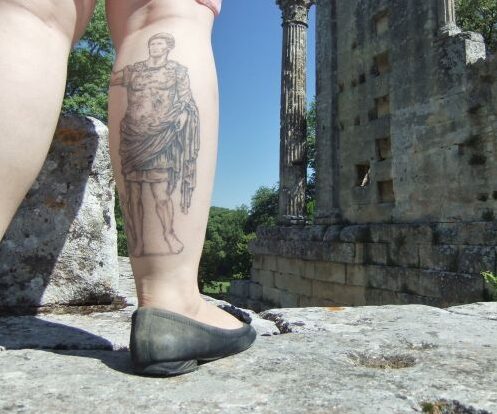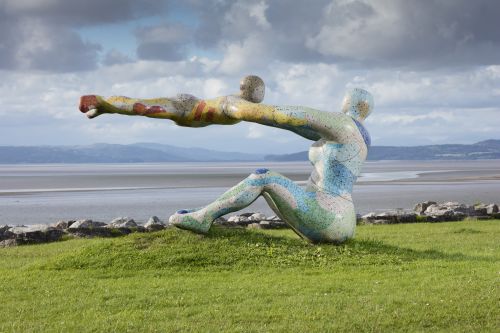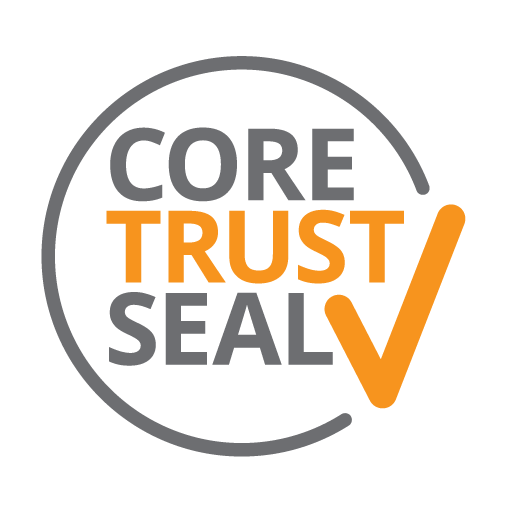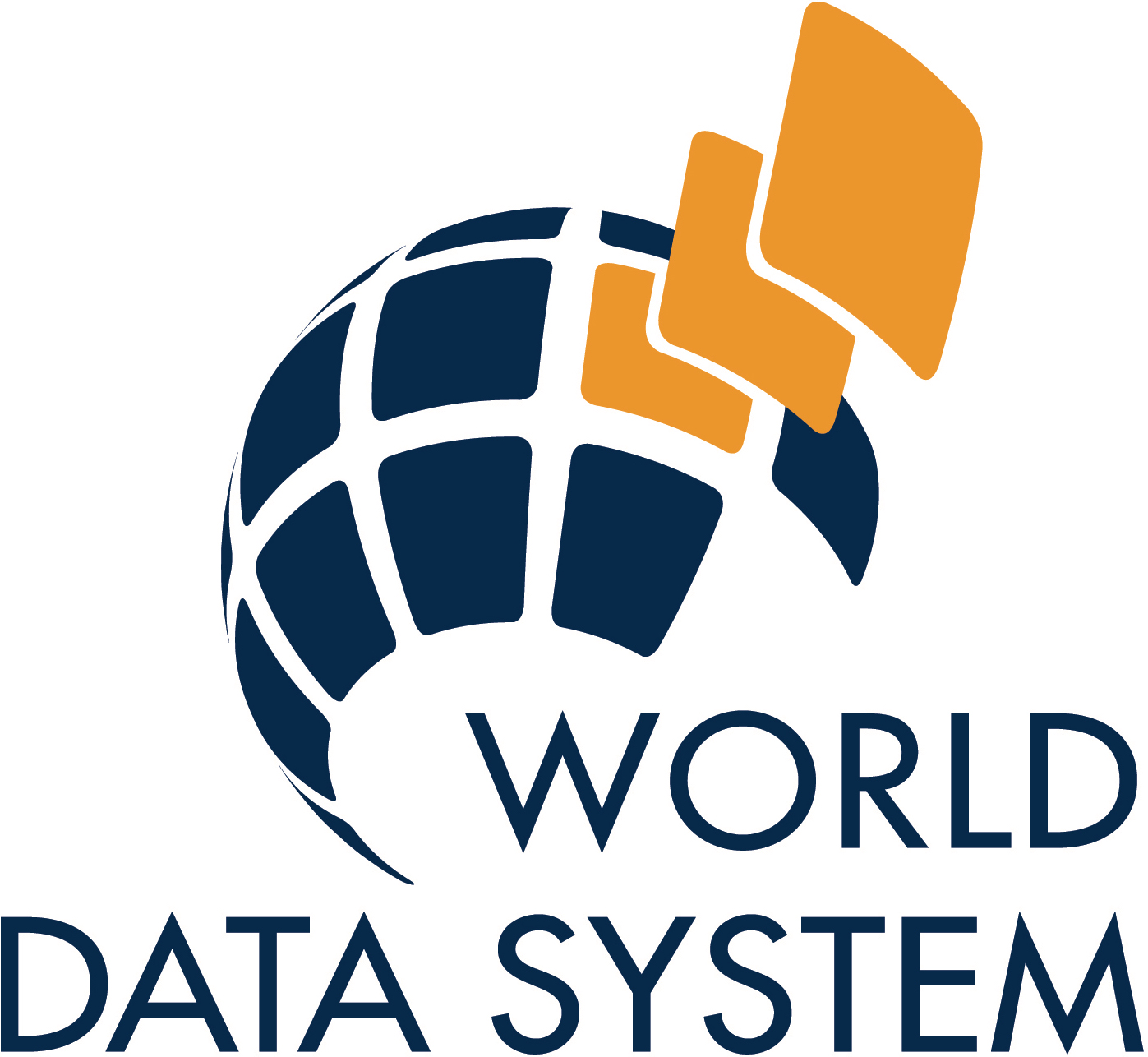The Council for British Archaeology’s Festival of Archaeology launched this year on the 19th of July, with a theme centred around Archaeology and Wellbeing. This year’s theme explores how wellbeing goes beyond just mental and physical health—it includes the ability to fully participate in society, build meaningful connections within communities, and feel empowered to achieve personal goals.
Archaeology and heritage have long been recognised for their positive impact on wellbeing. Community excavations offer opportunities for hands-on learning while fostering social connections and combating loneliness. Similarly, heritage volunteering allows individuals to contribute to the environmental and cultural wellbeing of their local areas.
Lifelong learning is another powerful contributor to wellbeing. As one of the Five Ways to Wellbeing highlighted at this year’s Festival, learning helps individuals grow in confidence and curiosity. By providing open access to digital archives and resources, the Archaeology Data Service supports learning by encouraging others to reuse and repurpose archaeological data for research, education, and creativity.
To celebrate the role of open knowledge in enhancing wellbeing, we’re highlighting a selection of projects—available through the ADS and Internet Archaeology—that showcase how archaeology can support personal and community wellbeing in diverse and meaningful ways.
This article compares two programs that engage military veterans in archaeological metal detecting activities; the American Veterans Archaeological Recovery (AVAR) and the Danish VETEKTOR Buddy program. The aim of both programmes was to understand the potential of archaeological metal detecting in general, and more specifically to its particular relevance and value for veteran communities. Focusing on veterans’ own experiences, the article explores how archaeological metal detecting holds a unique potential for empowering practitioners and inducing enduring health benefits. While the comparison of these initiatives highlighted the need of taking national traditions and structural frameworks into account for similar initiatives, the article underscores the value of both engaging with detectorists to improve field practice and engaging veterans in archaeological practices in general.
![]()
NEARCH Portal for Publications and Outputs
NEARCH set out to explore the dimensions of public participation in contemporary archaeology. Recognising that archaeology does not exist in isolation, the project aimed to bridge the gap between archaeological work and the public by encouraging more inclusive and participatory models.
More specifically, NEARCH focused on strengthening the societal relevance of archaeology, positioning it as a powerful means of fostering a shared sense of identity, belonging, and active citizenship. The project also sought to critically rethink and develop new ways of engaging with various audiences—through education, communication, and cultural mediation—to make archaeological knowledge more accessible, meaningful, and responsive to contemporary societal needs.
![]() The Public Benefits of Archaeology According to the Public
The Public Benefits of Archaeology According to the Public
This article explores the potential public benefits of development-led archaeology in Europe and how this can be better understood and improved. While policy makers increasingly view archaeology as a tool for social and economic development, the public primarily sees it as an academic pursuit focused on knowledge production. Surveys like NEARCH reveal that people rarely associate archaeology with personal wellbeing, social cohesion, or community engagement—yet case studies show that participation in archaeological activities can generate significant social and emotional benefits. Development-led archaeology, typically driven by construction projects, often overlooks these public impacts due to its commercial focus. However, its inherently active, outdoor nature offers unique opportunities to foster wellbeing and community involvement. Challenges remain, such as a lack of public awareness, undervaluation of engagement work, and the need for more inclusive, evidence-based practices. Ultimately, archaeology has untapped potential to contribute meaningfully to wellbeing and quality of life if deliberate strategies are implemented to involve the public more directly.

![]()
This collection brings together images, site records, reports, and GIS data from a community-led excavation at Richmond Castle in North Yorkshire. Conducted in July and August 2021, the Richmond Castle Community Excavation Project was a collaborative initiative between Solstice Heritage, the Celebrate Richmond 950 Project Steering Group, and English Heritage.
The project aimed to actively engage a broad group of volunteers, offering a meaningful and enjoyable experience while building lasting skills and fostering a deeper connection to the castle’s archaeology. A key goal was to develop an informed and empowered volunteer base with a stronger sense of ownership and appreciation for the castle’s role in the town’s historical development.
In addition to its community focus, the excavation sought to shed light on previously unstudied or poorly understood aspects of Richmond Castle’s history, contributing valuable new insights into its evolution over time.

![]() Public Benefit as Community Wellbeing in Archaeology
Public Benefit as Community Wellbeing in Archaeology
This article explores the underlying theory and approach of Historic England’s Wellbeing Strategy. It recognises the importance of wellbeing as central to Historic England’s mission and explores how wellbeing outcomes can be more effectively used within archaeological and heritage projects. Drawing on evidence that demonstrates a clear connection between access to heritage and improved wellbeing, the article advocates for the inclusion of wellbeing in the design and delivery of future projects.

Seated mother swinging child with Morecambe Bay and Cumbrian hills beyond.





